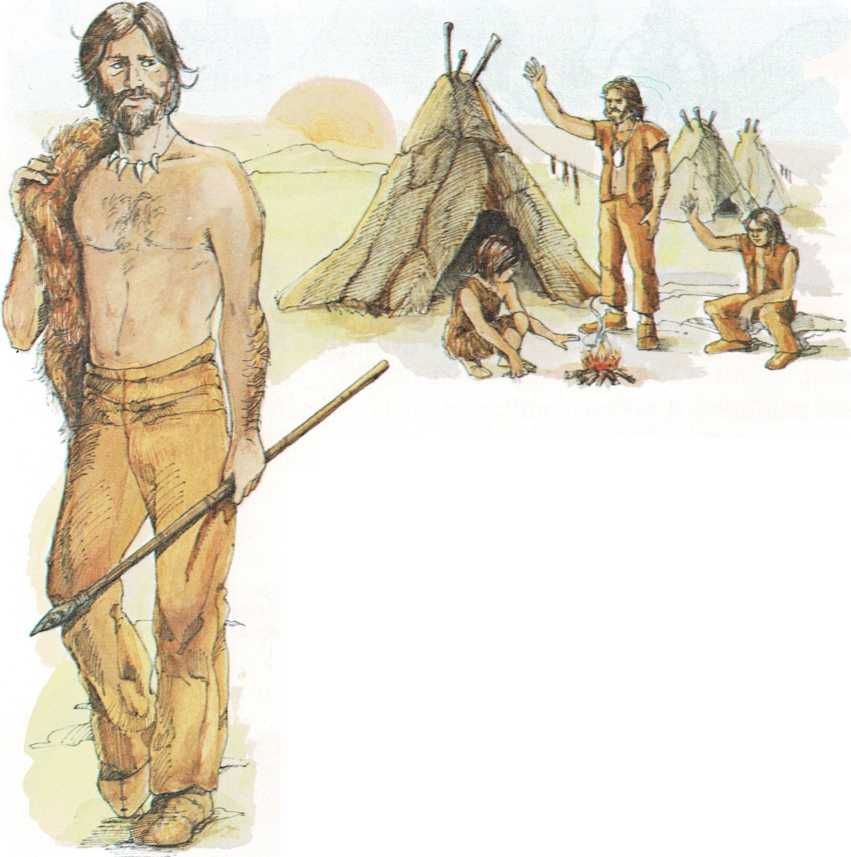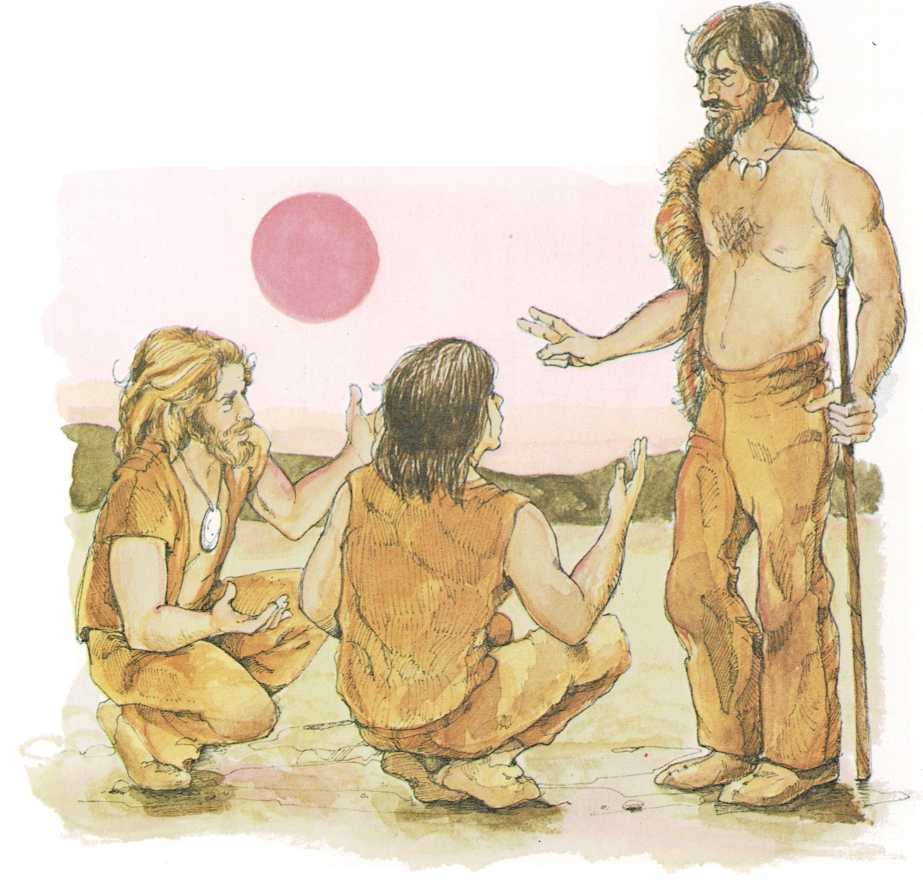
Suns and moons, winters and summers
If you want to know what time it is, you look at a watch or a clock. If
you want to know the date, you look at a calendar.
A clock measures time during a day. It lets you know when to turn on a
favorite television program. A calendar shows time during a year. It
tells you how long it will be until your birthday, and on what day it
will fall.
Thousands of years ago, people had no need for clocks or calendars. They
lived day by day. One day was much like another. Time was not very
important. When people had a need to measure time, they did it by
“suns,” “moons,” “winters,” or “summers.”
A “sun” was one day (twenty-four hours), or the time it took the sun to
return to a particular place in the sky. A short journey might take two
or three “suns,” meaning two or three days.
A “moon” was the length of time from one
full moon to the next. This change in the moon, from round and bright to
dark, and then back to round and bright again, takes almost thirty days,
or about what we call a month. So, when someone spoke of something that
had taken place “many moons ago,” they meant many months ago.
When people wanted to speak of something that had happened years before,
they would say it had happened “many winters” or “many summers” ago.
It probably wasn’t until people learned how to plant crops for their
food that they started looking for a better way of measuring time. Then,
they had to know when during the year to put seed in the ground. The sun
and the moon couldn’t tell them when. But the stars could I


